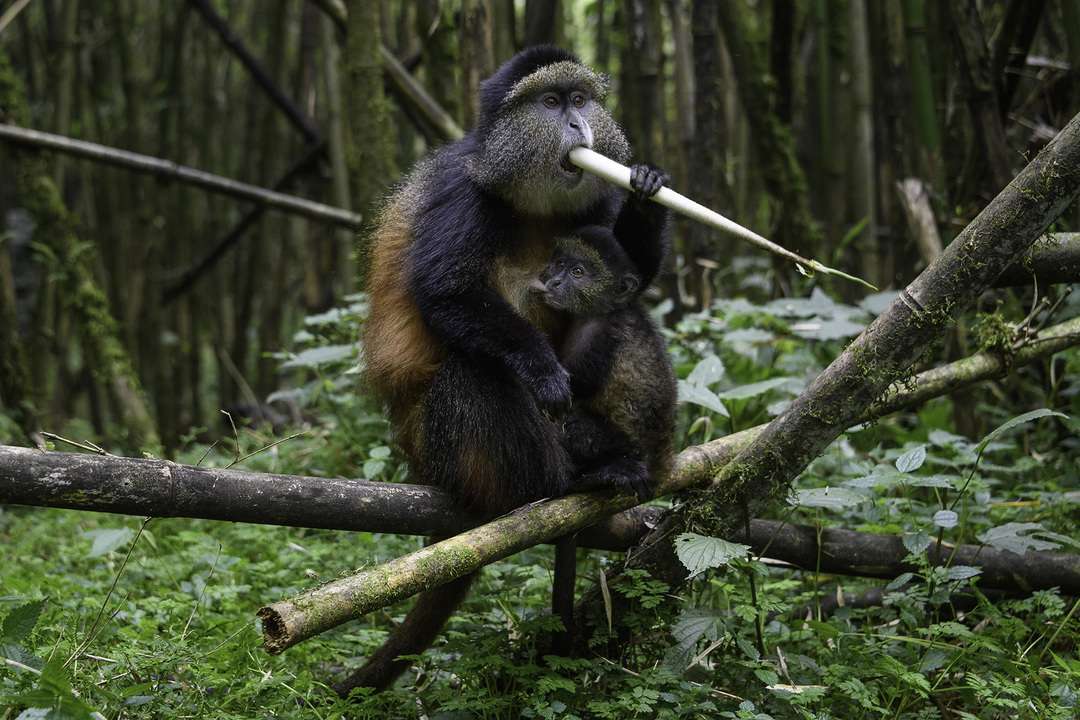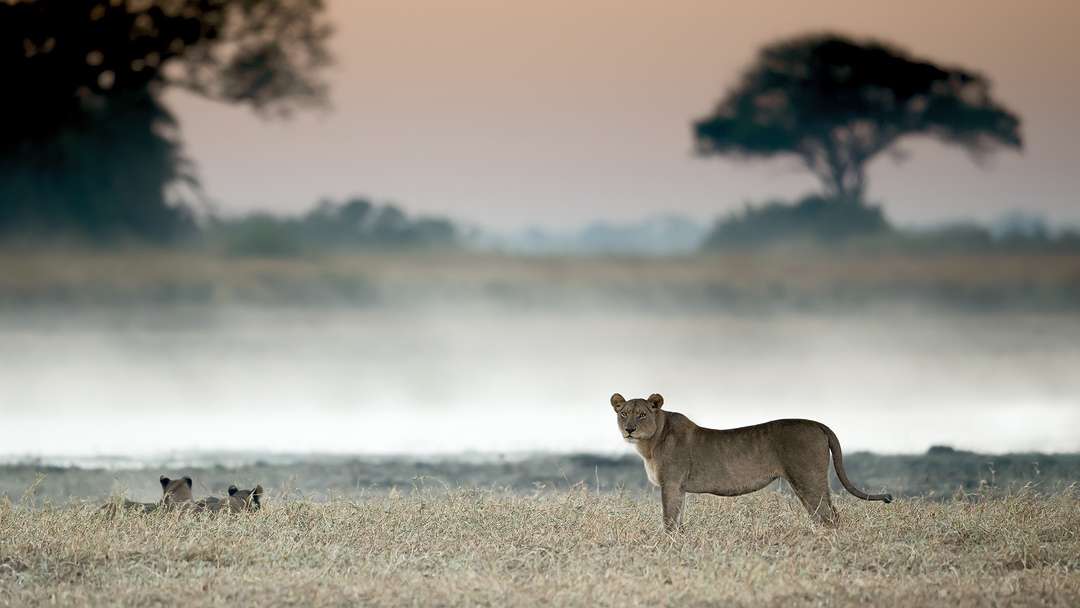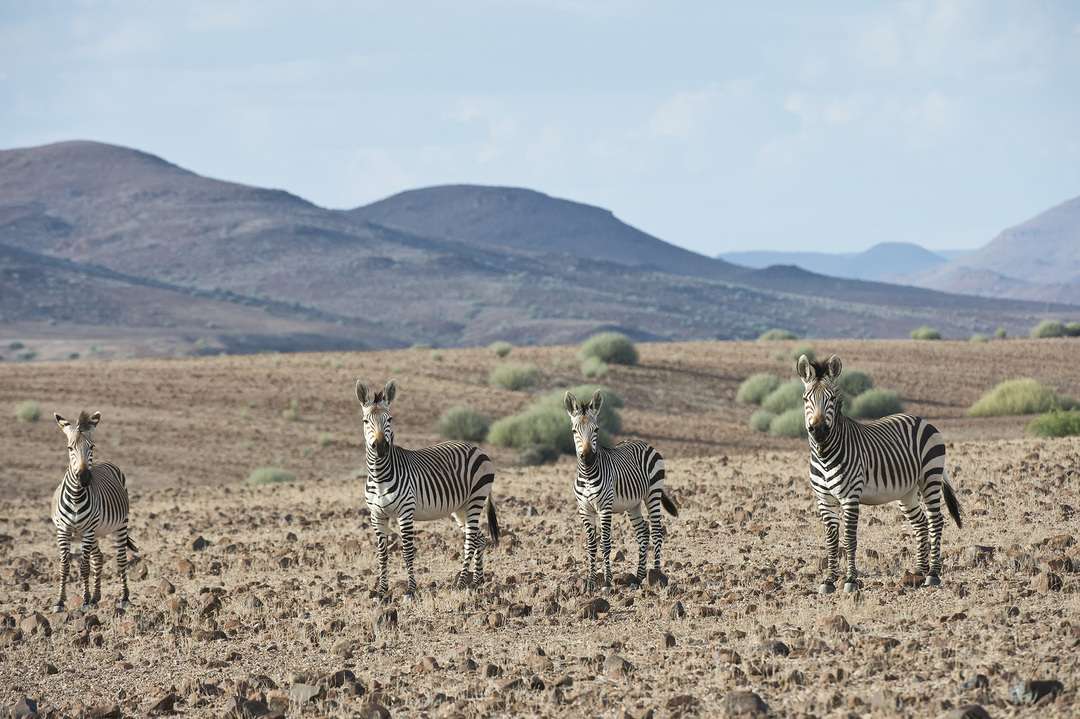Africa is renowned for its density and diversity of wildlife, which is the overriding attraction for the huge number of ecotourists that visit each year. This continent full of wildlife is also alone amongst the continents in the persistent existence of mega-fauna that co-exist side by side with humans.
Over 1 100 mammal species, which include an array of large mammals not found elsewhere on Earth, occur here. It has a greater variety of large ungulates (90 species) than any other continent, and at least 60 carnivore species, together with a wide array of primates. Africa further boasts 23% of the world’s bird population across 111 bird families. Of these, about 1 800 species and 20 families are endemic to Africa. Africa’s diversity in reptiles and amphibians is also immense, indicative of the various specialised habitat types and 11 biomes found on this second-largest continent.

Africa is unfortunately also a continent battling rampant population growth, development and extraction of natural resources. If biodiversity cannot demonstrate commercial or social value it is all too often relegated to the irrelevant or unimportant. Ecotourism has had a huge impact in this regard.
For 37 years, Wilderness Safaris has used high-value, low-volume ecotourism to fund the conservation and restoration of Africa’s wilderness and wildlife. But, it is not enough to operate in the savannah only. Serious ecotourism companies need to migrate the model into less well-known and even more threatened ecosystems, and prove the merit of conserving these spaces and species. Today, Wilderness Safaris helps protect more than 2 million hectares, across seven biomes, of Africa’s most pristine wilderness.

This footprint is also representative of some of Africa’s most fragile and sensitive ecosystems such as the lush Afromontane forest of the Albertine Rift, moist Central Zambezian miombo woodlands of central Africa, and the arid Namib Desert in the south-western corner of the continent. Biodiversity conservation has thus always been a key priority for Wilderness, and the environment is at the heart of our business model.

Wilderness helps conserve no fewer than 58 species that fall within the key threatened categories of the IUCN Red List. Seven of these fall within the Critically Endangered category, and wherever possible we help to arrest their declines by implementing monitoring and research projects as well as other measures. These species include eastern black rhino, south-central black rhino, white-backed vulture and white-headed vulture. The rest fall in the categories of Near Threatened, Vulnerable and Endangered and include well-known African species such as south-western black rhino, African elephant, mountain gorilla, Hartmann’s mountain zebra, cheetah, hippopotamus, lion, leopard, secretary bird, Temminck’s ground pangolin, giraffe and wattled crane to just mention a few.
Globally, more than 31 000 species are threatened with extinction. In Africa, Wilderness Safaris is doing its utmost to curb this frightening statistic, and we are thankful for our numerous success stories in this regard.





